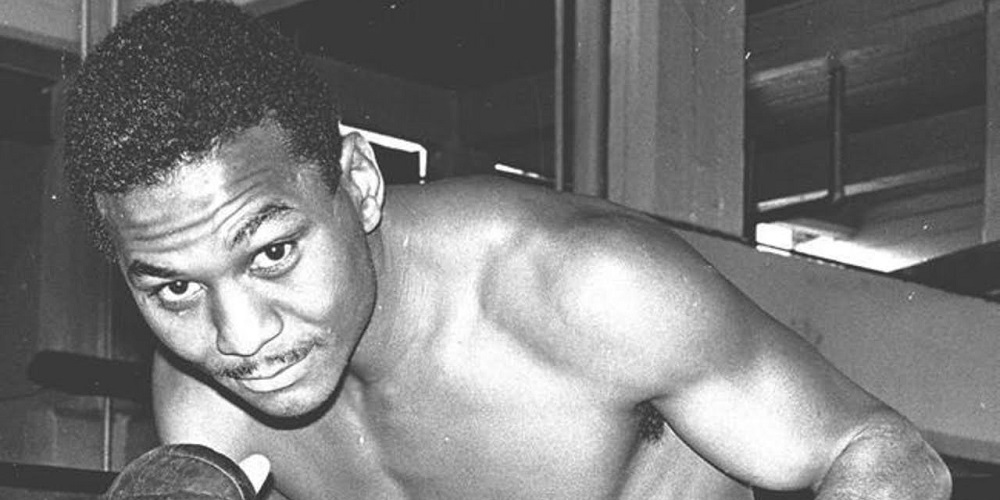Cuba and boxing: an inseparable duo lasting over a century, which has produced an impressive number of legendary champions, both before and after the famous Castro revolution. Some stayed within their borders, content with Olympic glory; others sought refuge abroad to chase the rewards and achievements of professional boxing. It’s difficult to determine who the greatest Cuban of all time was, but one worthy candidate is undoubtedly José Napoles, who passed away on this day exactly five years ago after a long illness. On the anniversary of this sad event, we revisit some of his most memorable sporting feats.
Cuba and Mexico: An Explosive and Fascinating Blend
The elegance, timing, and defensive prowess of the Cuban school; the art of in-fighting and close-range tricks of the Mexican school; Napoles had the fortune of learning from both “academies.” Born in Santiago de Cuba, he mastered the secrets of Caribbean-style boxing before leaving the island when Fidel Castro banned professional sports. He found refuge in Mexico, where he became a national hero, battling fiercely with local punchers who, despite being less talented than him, would rather be knocked out than take a step back. The result was an explosive and captivating blend. Napoles could constantly stand in front of his opponent without becoming a stationary target, thanks to small, natural, and fluid movements reminiscent of Cuban dancers. Just a few seconds of watching him revealed that boxing ran in his blood. It’s no coincidence he was nicknamed “Mantequilla” (butter), but his time in Mexico also left its mark, and those who tried to drag him into a brawl quickly realized they had bitten off more than they could chew. The finishing touch came from his legendary trainer, Angelo Dundee.
From Cokes to Griffith: The World Triumph and the Sublime Confirmation
Despite weighing only 57 kilograms on the day of his professional debut, and even after decisively beating world-class light welterweights like Carlos Hernandez and Eddie Perkins, Napoles only earned his first world title shot in the welterweight division, at the age of 29. The champion Curtis Cokes was a great boxer, capable of defeating the talented Luis Rodriguez and defending the world title five times, but his straightforward and somewhat basic style was no match for a defensive artist like Napoles. Although Napoles was shaken by a right hand in the second round, from that point on, he was untouchable. After 13 rounds of domination, he forced the swollen-faced champion to retire: he was on top of the world! More than the rematch against Cokes, which ended similarly but even quicker, it was his victory over Emile Griffith, fresh off his historic trilogy against Nino Benvenuti at middleweight, that truly confirmed Mantequilla’s greatness. Returning to the welterweight division to reclaim his “throne,” the American was knocked down, frustrated, and rendered powerless by a masterful Napoles, who won decisively on points.
An Unexpected Setback Named Billy Backus
It’s not uncommon for a great champion to stumble during their reign and then have to make a comeback. In Napoles’ case, the “fall” occurred on December 3, 1970, at the hands of Billy Backus, a southpaw challenger who was given little chance by the bookmakers. Backus was the nephew of the great Carmen Basilio, but aside from his famous uncle, who was in his corner that night, he didn’t seem to possess the tools needed to trouble the champion. Napoles comfortably controlled the first two rounds, but then, perhaps out of a touch of arrogance, he began to engage in wild exchanges. The result was a violent third round, leaving both fighters with visible facial wounds. The fight took place in Syracuse, just 40 kilometers from Backus’ hometown, and it’s hard not to suspect that the “home advantage” played a role in what happened next. In the first exchange of the fourth round, the referee took a quick look at Napoles’ left eye and stopped the fight: the belt changed hands! The Cuban avenged himself six months later, administering a harsh beating to Backus, stopping him in eight rounds, and reclaiming the world title.
Napoles vs. Monzon: The Miracle That Never Happened
One defense after another, Mantequilla solidified his undisputed dominance over the welterweight division of his era, but without encountering any serious challengers, he began to grow complacent. His training became inconsistent, the lure of alcohol and indulgence grew stronger, and gradually, the Cuban star lost his sharpness and vigor. It was during this decline that the public demanded a miracle: they wanted a dream showdown between the reigning middleweight and welterweight champions to see if Napoles’ skill could neutralize the brute strength of the formidable Carlos Monzon. The clash took place in France and turned out to be a one-sided battle: a former featherweight like Napoles was physically outmatched against a huge middleweight like the Argentine. Lacking the reflexes and quickness of his prime, Mantequilla quickly realized that counterpunching would be ineffective and courageously tried to mount a reckless offensive, only to be dismantled without mercy and forced to retire after six rounds of suffering.
Napoles’ career continued for a while longer, but when the unremarkable Englishman John Stracey took away his welterweight crown by cutting him in December 1975, the brilliant athlete born in Santiago and transplanted to Ciudad Juarez knew it was time to hang up his gloves—a decision he upheld without second thoughts. Today, Napoles is no longer with us, but he left behind an indelible legacy as a boxer who fought as naturally as ordinary people walk. His elegance in mastering the ropes remains unmatched even today.

